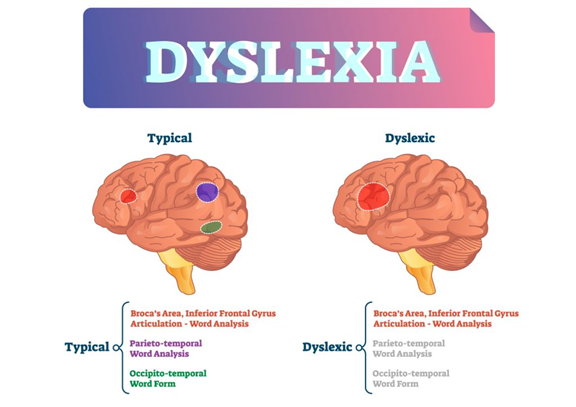India Illuminates Landmarks to Raise Dyslexia Awareness Nationwide
Why in the news?
To commemorate International Dyslexia Awareness Month, iconic landmarks in Delhi, including Rashtrapati Bhavan and India Gate, were lit up in red. The campaign seeks to reduce stigma, foster inclusion, and raise awareness about dyslexia across India.
Act4Dyslexia Campaign and the Walk4Dyslexia:
- The Act4Dyslexia initiative advocates for equal opportunities for those with dyslexia and related learning challenges.
- As part of the campaign, the “Walk4Dyslexia” event was held, where participants walked from Vijay Chowk to India Gate.
- This walk highlighted the importance of community involvement and collective efforts toward acceptance and support.
Objectives and Broader Impact:
- The campaign’s objective is to spread awareness and improve understanding of dyslexia across all sectors of society.
- By lighting up prominent landmarks, the movement symbolises the visibility and recognition dyslexia deserves.
- The government and organisations aim to promote inclusivity and enhance the support network for individuals with dyslexia and other learning disabilities.
About Dyslexia:
- Dyslexia is a specific learning disorder, affecting reading and language-related tasks.
- It affects 5%-10% of the global population and is more common in boys.
- Known dyslexics include Albert Einstein, Charles Darwin, and Whoopi Goldberg.
- Causes: Primarily genetic, dyslexia involves differences in brain structure, particularly in the movement-sensitive part of the visual thalamus.
About Brain Anatomy and Composition:
- Average weight: 3-1.4 kg; consists of 60% fat and other elements like protein, water, and salts.
- Divided into grey matter (outer brain, inner spinal cord; processes information) and white matter (transmits information).
- Comprises neurons, glial cells, and blood vessels.
Main Parts of the Brain:
- Cerebrum: Controls movement, speech, and sensory functions.
- Brainstem: Regulates heart rhythm, breathing, and reflexes.
- Cerebellum: Coordinates muscle movements and maintains balance.
- Lobes: Frontal (personality, decision-making), Parietal (touch, language), Occipital (vision), Temporal (memory, rhythm).
- Other Structures: Pituitary gland, hypothalamus, amygdala, hippocampus, and the cranial nerves, each aiding diverse functions.
Sources Referred:
PIB, The Hindu, Indian Express, Hindustan Times





